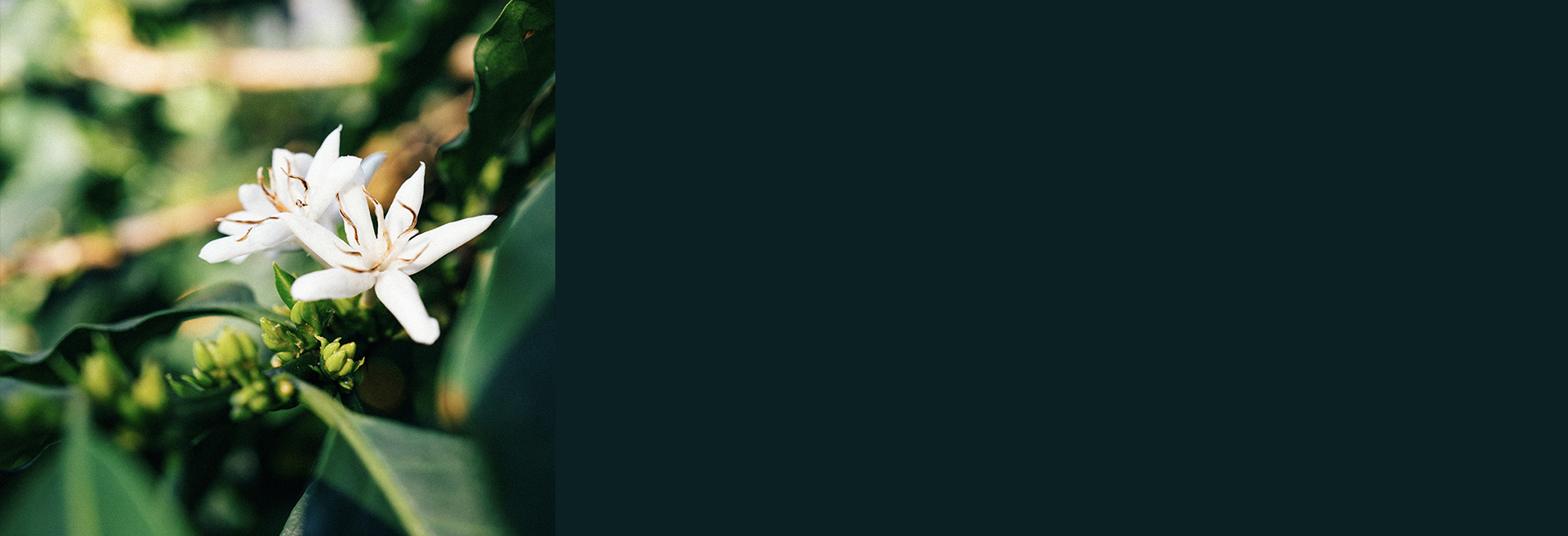Colombia
Inmaculada, Gesha Lot 3196400022
250g
*Premium Rarities*
QUALITY SCORE: 92.00
Cup Notes
Jasmine / Chamomile / Blueberry / Fig / Honey / Cherry
Suggested for espresso and filter
when we roast
We freshly roast to order all coffees on Monday, Wednesday and Friday (excluding national holidays), and ship the same day! Cut-off time is 11:59pm (UTC+1) of the day before the roast day. *We only ship whole beans*
Details
- Quality Score
- 92.00
- Series
- Premium Rarities
- Producer
- Julian Holguin Ramos
- Country
- Colombia
- Terroir
- Cauca
- Altitude
- 1900 masl
- Process
- Classic Natural - Raised Beds
- Arabica cultivar
- Geisha
- Picked in
- August 2021
- Arrived in
- February 2022
- Shipped in
- Box + Vacuum pack
- Roast profile by
- Rubens Gardelli
- Roasted on
- Customised solid-drum roaster
THE STORY BEHIND
La Inmaculada is one of the most prestigious farms in the world. Its fame is not only due to their rare varietals but also thanks to the attention to detail in the quality control process: from the best equipment to the irreplaceable human hand selection.
Only 20 minutes away from Cali, in a small town called Pichinde located in the Andes mountains, the Holguin family decided to make use of an untouched forest on their family farm. The location was ideal to grow coffee; weather, altitude, rainfall are all available in a perfect combination. They started growing coffee on 5.12 hectares and today, nine years later, 50 hectares are reserved for coffee cultivation, of which 30 are planted and the rest is kept as natural forest.
These 50 hectares are divided into four different farms located in the same region, but in different areas - consequently, the four areas have different climate conditions. Those farms are El Jardin, Las Nubes, Monserrat and Inmaculada Concepcion. In those farms, some of the rarest and most special coffees such as Rume Sudan, Eugenoides, Laurina, Gesha and Maragesha, are planted.
THE VARIETY
Rare, exclusive and fetching a heavy price tag, Gesha is often associated with coffees from Panama, while, in fact, the cultivation of the Gesha varietal began there as late as in the 1960s.
Gesha is an original variety of coffee that was discovered in the 1930s in the mountains around the Southwestern town of Gesha, Ethiopia. Gesha trees grow tall and can be distinguished by their beautiful elongated leaves. The quality of this coffee can be drastically improved when grown at extremely high elevation.
The Geisha revolution brought about an intense search for Geisha among coffee buyers and a primal pilgrimage to Ethiopia to find the source of that flavor. The roads those buyers traveled brought them in a wood in far western Ethiopia near a small town called Gesha in the forests where coffee was born and still grows wild.
Gesha 1931 comes from this place.
Its name reflects the place and year it was collected by scientists who fanned out on a research expedition in Ethiopia to catalogue its coffee varieties.
THE FERMENTATION PROCESS
Dry process seems simple: pick the fruit, lay it out in the sun until it turns from red to brown to near-black, and then hull off the thick, dried outer layer in one step to reveal the green bean. It is a method suited to arid regions, where the sun and heat can dry the seed inside the intact fruit skin.
It's often referred to as "natural coffee" because of its simplicity, and because the fruit remains intact and undisturbed, a bit like drying grapes into raisins. Since it requires minimal investment, the dry process method is a default to create cheap commodity-grade coffee in areas that have the right climate capable of drying the fruit and seed.
But it’s a fail in humid or wet regions. If the drying isn't progressing fast enough, the fruit degrades, rots or gets covered with mould.
Dry-processed coffees can also be wildly inconsistent. If you want a cleanly-fruited, sweet, intense cup, dry process (DP) takes more hand labor than wet process. Even the most careful pickers will take green unripe or semi-ripe coffee off the branch as they pick red, ripe cherry. If these are not removed in the first days of drying, the green turns to brown that is hard to distinguish from the ripe fruit.




